
Egyptian history spans thousands of years and its human landscape throughout has always reflected a unique diversity and a wealth of gender and sexual expressions, as well as racial, cultural and religious identities. With the recent public debate about LGBTQ+ rights and as Pride Month comes to an end, it is more important now than ever to examine Egypt’s queer history.
No two figures have cast more doubt on Ancient Egyptian society’s heteronormativity than Niankhkhnum and Khnumhotep, two Egyptian manicurists to Pharoah Niuserre who ruled in the late 25th century BCE. They are considered by many scholars to be the first same-sex couple in the country’s recorded history. The two men were buried together and in their tombs, archeologists found paintings that depicted them embracing each other and touching noses, which was an expression of intimacy in ancient Egyptian cultural norms.
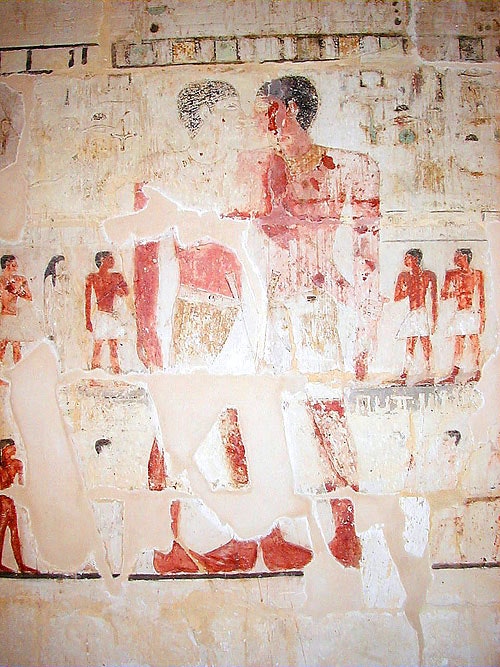
More visually explicit depictions of homosexuality also exist in a Ramesside ostracon, which suggests that same-sex acts were not uncommon in Ancient Egypt’s sexually liberated society.
According to most archeologists, Ancient Egyptian social norms didn’t discourage homosexuality and generally placed little importance on people’s private lives, personal choices and desires. It is, however, difficult to establish societal attitudes towards homosexuality because most Ancient Egyptian recorded histories that deal with sexuality don’t explicitly describe sex acts, but rather rely on flowery language and euphemisms.
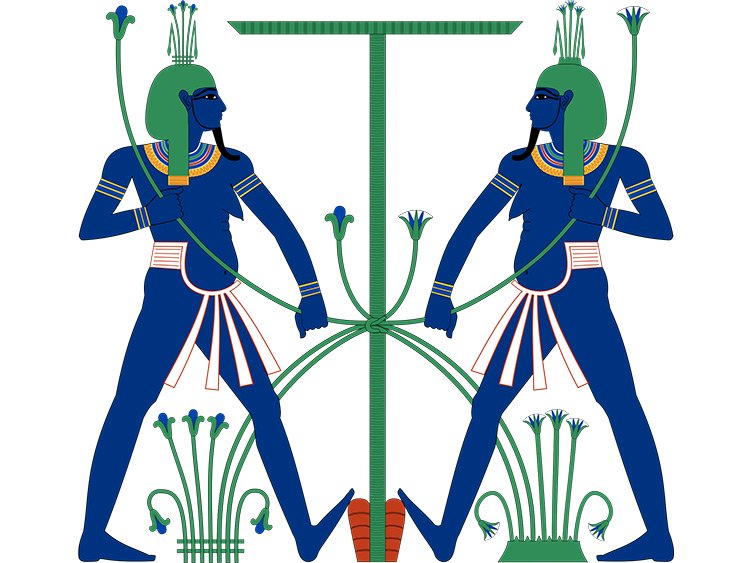
Ancient Egyptian society was, for the most part, gender egalitarian, which is perhaps due to the gender fluidity of Pharaonic mythology. In fact, many Ancient Egyptian deities were depicted as gender fluid, such as Hapi, the god of the Nile. Other divine figures often had bigender portrayals, and it was believed that deceased women had to temporarily assume both the female and male genders in order to recreate themselves in the afterlife.

Egypt’s modern history didn’t have the same level of queer visibility, but Egyptians from across the gender and sexual spectrum expressed themselves visually and through the performance arts. Much like kocek dance in Ottoman Turkey, the tradition of men dancing in traditionally female attire was a popular form of entertainment in Egypt during the 18th and 19th centuries.

Gender expression and fluidity through cross-dressing would later evolve beyond performance. In the 1920s, cross-dressing flourished among biologically female Egyptians as an act of self-expression through fashion. In fact, it is said that legendary Egyptian singer Umm Kulthum once performed in boy drag, dressed as a Bedouin man, in the early days of her career.
And while Islamic Egypt was largely conservative and religiously observant, the country’s urban communities have always been a safe haven for LGBTQ+ individuals. Throughout most of Egypt’s history, however, sexual and gender expression weren’t exclusively understood through the binary and heteronormative paradigm that defines the country’s conservative culture today.
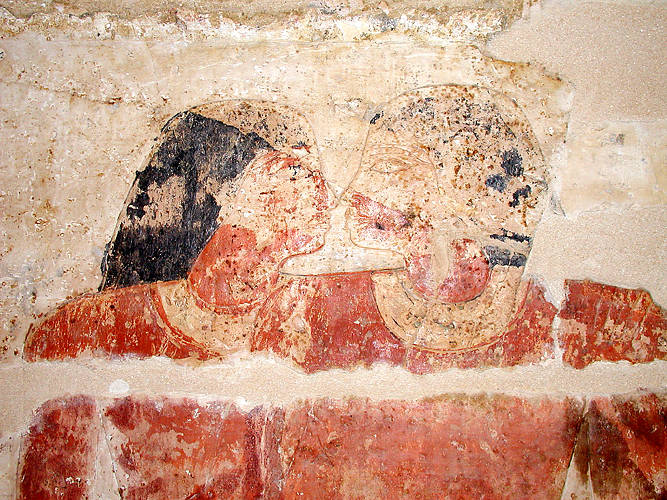


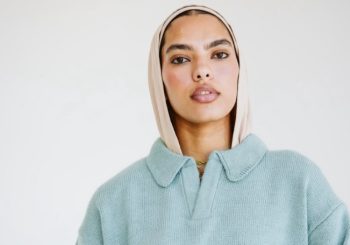
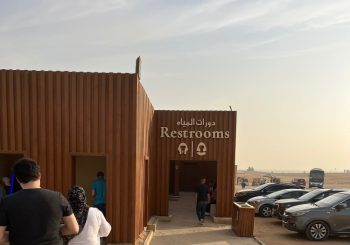
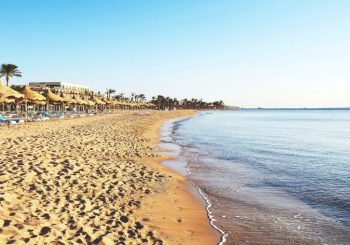
Comments (2)
[…] In Photos: Egypt’s Queer History […]
[…] In Photos: Egypt’s Queer History […]